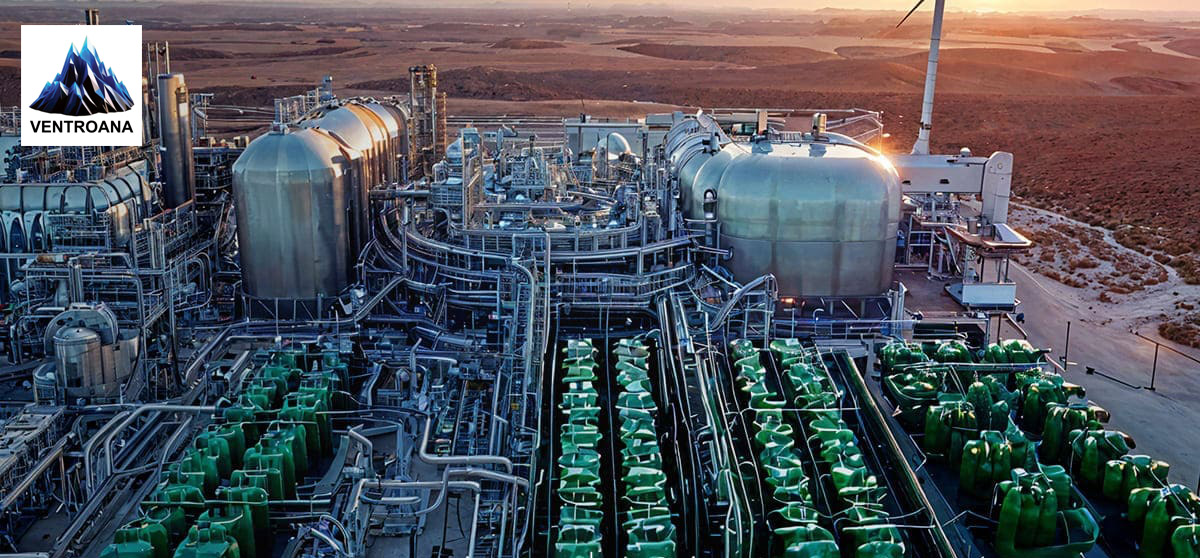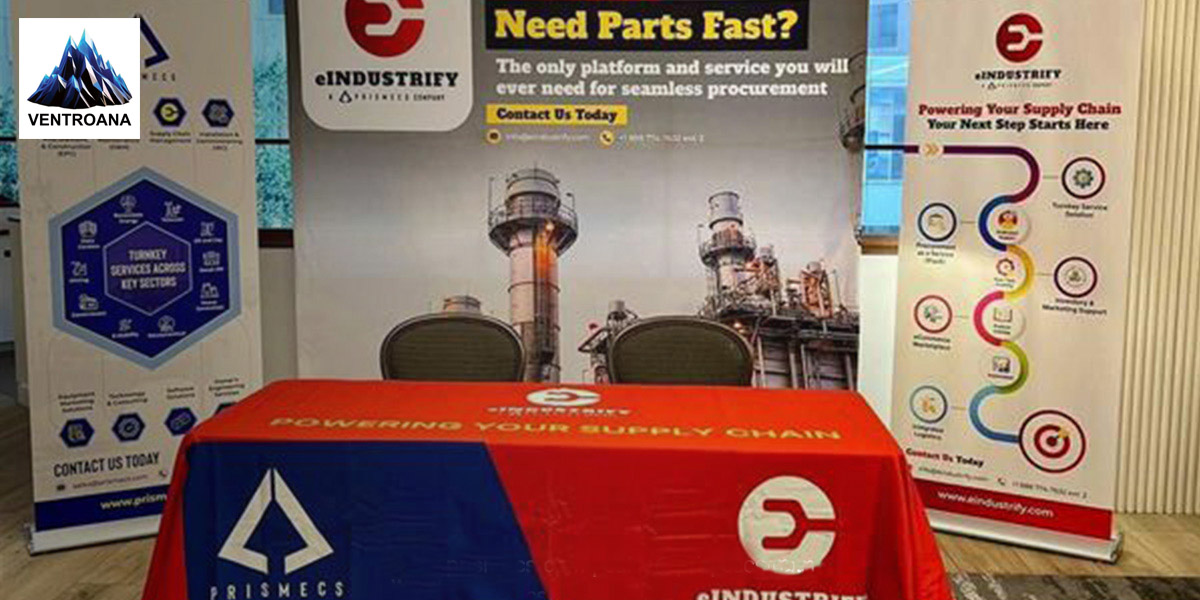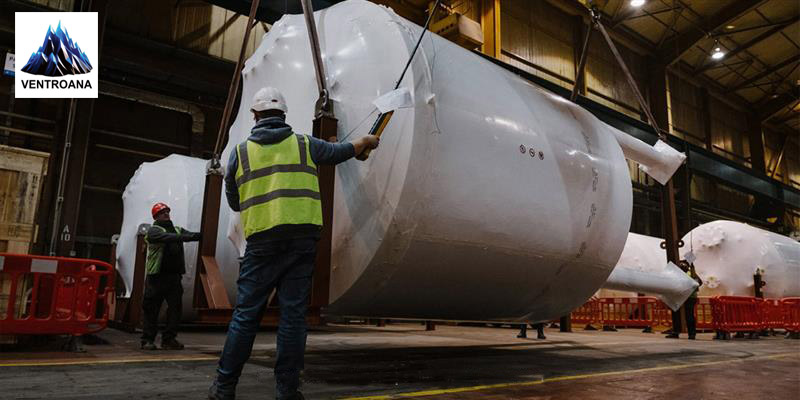Procurement
February 26, 2024

The petroleum survey is at the highest level of the supply chain, and research announcements include the design and planning of oil field arrangements. Companies can deliver Petroleum from international sources, including oil tankers that carry Petroleum to oil terminals connected to refineries through pipelines. Therefore, the choice includes transportation at this level, which means supply planning and management in the petrochemical industry.
In refineries, experts use extensive machinery to convert crude oil into several products. These products can combine to advance the benefits of each refinery structure. Then, they ship the products manufactured in refineries, to delivery centers. Crude oil and products are often transported through pipelines and from this level.
We can deliver Petroleum through pipelines or Lorries, subject to customer demands. In some cases, the product is also shipped by rail or through vessels.
Investment plans are based primarily on proven technologies. Big data and advanced analytics, cloud computing, digital identifiers, and low-cost sensor technologies will find their techniques in the petrochemical supply chain if not available.
There is a moment of hesitation in the petrochemical industry about the impact of medium to long-term technologies. It is a ‘possible’ architectural response when participants ask about spending plans over the next three years on the following:
Furthermore, there is little interest in investing in amplified reality, blockchain, and self-driving vehicles, which aligns with the expected low impact of these technologies. Therefore, the total interest in 3D printing, unmanned aerial vehicles, and bionic enhancements in the petrochemical supply chain is very high. If investments in these technologies are released, they will most likely be in applications specific to the supply chain.
The petrochemical industry and oil and gas companies are considering innovative ways to reduce total operating costs and increase efficiency and profitability. However, it is understandable that the perfect configuration will change over time due to changes in technology and consumer preferences in many cases. In other cases, the technology may agree on multiple devices for design in the supply chain.
Oil and gas companies should generally examine their supply chain arrangements and coordination systems as they develop. Over time, the upgrades required for the design allow the firm to gain a competitive advantage in the market. Whenever a firm believes its supply chain has improved, it can quickly lose its competitive edge, leading to growth in the petrochemical industry.
With advanced information system technologies, a one-piece assembly of components will not produce a perfect management experience. The oil and gas industry needs a fundamental change in how it works to accommodate the growing virtualization of multinational businesses.
Exploration and production will benefit from easy and smooth data management and access, integrating the experiences of different workers regionally, and investment and operational decisions. As the industry continues to experience steady and rapid stability, the need for a firm’s supply chain and a flexible, scalable, scalable system is more important than ever.
Familiarity with the vast technology perspective of the supply chain can also lead to searching for a single file system in each user’s system. It gives access to all computational servers with high-speed data access in real time. High speed can connect to the concept and contribute. Provide partnerships and prompt service, regardless of the user’s site or desktop device. This system allows managers to manage businesses from anywhere.
Furthermore, well-designed factors such as business modeling, auto-announcement, data access, and participation and perception should be as accessible to the provider as to employees and other stakeholders. This move is crucial to maximizing the benefits of teamwork between the Oil and Gas Corporation and its supplier organizations. There will be an actual incline in the operating firm planning and implementing multilateral services.
Digitization is essential in the petrochemical industry. The correct starting position for petrochemical players is three straightforward steps that they must take to implement it:
Understand and measure the potential for a petrochemical company to generate value based on its starting position and develop a digital roadmap/approach to monitor implementation. Roadmap disposal can adopt two principled design preferences, either through a function such as manufacturing first, then commercial, or through an end-to-end value chain.
Implement significant lighthouses such as high-impact use conditions, and build competencies in parallel, such as through the Digital Academy, focusing on the skills needed to provide a digital roadmap. After completing the first lighthouses, the digitization program should rapidly turn into self-financing.
Evaluate the digital academy to shape competencies within the rollout lighthouses and a scale, especially data engineering and data analytics. After ascending the Digital Academy, in-house talent specializes in categorizing and applying cases of side effects in various professions.
There are a lot of Opportunities in the Supply Chain for the Petrochemical Industry that you need to consider. For this purpose, the mess is always available to assist you. We have an expert team that can ensure 100% on-time services. Also, you can get complete assistance from day to night. You can contact us any time; we are always here to assist you in depth.
Supply chain management in the Petroleum industry is referred to as the configuration, coordination & continuous upgrading of sequentially organized operations engaged in upstream, midstream, and downstream.” So, the oil supply chain has three main functional segments: Upstream, Midstream & Downstream.
Supply chain management is the term that describes the management of the stock of items and services, including all procedures that transform raw materials into final products. It engages the active streamlining of a business’s supply-side activities to boost customer value and get a competitive benefit in the marketplace.
The Oil and Gas value chain shows the sequence of activities that emerge from the supply sources to trading mechanisms by which they sell oil, oil items, and gas in the wholesale markets.
Tags:

Successful Implementation of Green Hydrogen in Power Plants
Discover how green hydrogen revolutionizes power plants with sustainable energy solutions, reducing ...

Driving Innovation and Resilience: Insights from the 10th Annual Energy Supply C...
Gain insights on driving innovation and resilience at the 10th Energy Supply Chain & Procurement Sum...

Understanding EPC Engineering: Key Concepts Explained
Discover the essentials of EPC Engineering, covering contracts, project phases, and roles of EPC con...